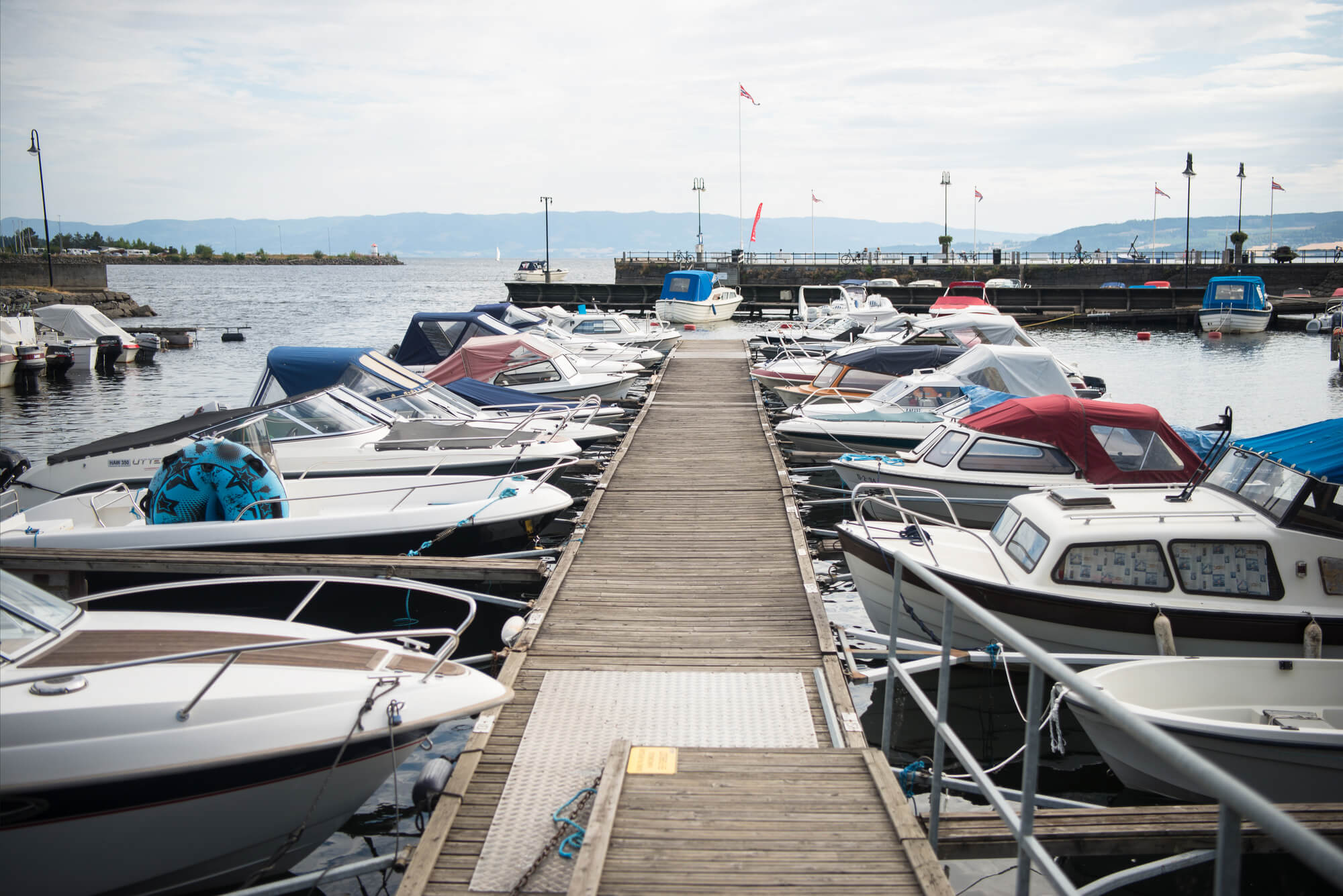A boat lift in Port St Lucie can help keep your new vessel out of the water. Moreover, a lift system’s most important components are its cables and the winch. These work as your lift raises the rack assembly with your vessel’s weight. Thanks to your lift cables, you can raise or lower your boat.
Contrary to popular belief, lift cables don’t always groan or creak before snapping. People often hear them snapping right before their boat hits the water. Unless you’re willing to risk seeing your boat in the water instead of on the water, you’ll want to learn more about boat lift cable maintenance. If properly maintained, your boat lift cables can keep your lift system functioning as it should.

What You Should Know About Lift Cable Maintenance
Wind Your Cables Tightly on the Winch Drum
You’ll want to wind your boat lift cables tightly and neatly on the winch drum. However, when there’s no tension on the cable, it unravels on the drum. An unraveling cable resembles a backlash on a fishing reel. Moreover, rewinding the cable causes it to wind against the side of the pulley drum. When the cables are wound loosely on the drum, it creates an excess gap between the cable windings.
Learn How to Address a Boat Lift Cable Backlash
Cables become flat, tangled, or snagged when re-tightened on the winch drum. As a result, the strands wear unevenly and suffer damage. An overrun or backlash on a drum is possible when a cable gets jammed. Unless you’re willing to run the risk of getting injured when a cable snaps back onto the winch drum, you’ll want to avoid using your hands to fix a backlash.
Moreover, if you’re trying to re-align the cables on the drum, you’ll want to wear leather gloves as you maintain tension on the cable. The distance between your hand and the winch should be at least 12 inches. Otherwise, broken strands could cut or puncture your hands. You can prevent the cables from intertwining on the drum if you lower the boat into the water in the event of a backlash.
Ensure that the wire strands don’t break when handling your lift cables. It would be best if you didn’t use pliers to hold tension on the cable unless you’re willing to risk causing damage to individual cable strands. Slowly unwind the cable while maintaining tension, and wait until you see the drum’s bottom layer.
As you re-wrap the lift cable under pressure and in even layers, check to see if you’ve closed the gaps between the cables on the winch drum. The last thing you need to do is to position your vessel on the lift and raise it while ensuring that the cable winds smoothly.
Replace Corroded Galvanized Cables
Although galvanized boat lift cables are known for their strength, they’re not highly resistant to corrosion when their protective layer of zinc oxide wears off. Since galvanized steel doesn’t regenerate when damaged, the cables become more prone to fraying and breakage. For these reasons, it’s best to replace your galvanized cables when showing visible signs of rust or corrosion.

Looking for the Best Boat Lift in Port St Lucie?
At Hurricane Boat Lifts, we design and manufacture the highest quality and most attractive boat lift systems at affordable prices. Contact us today to learn more about our products.

